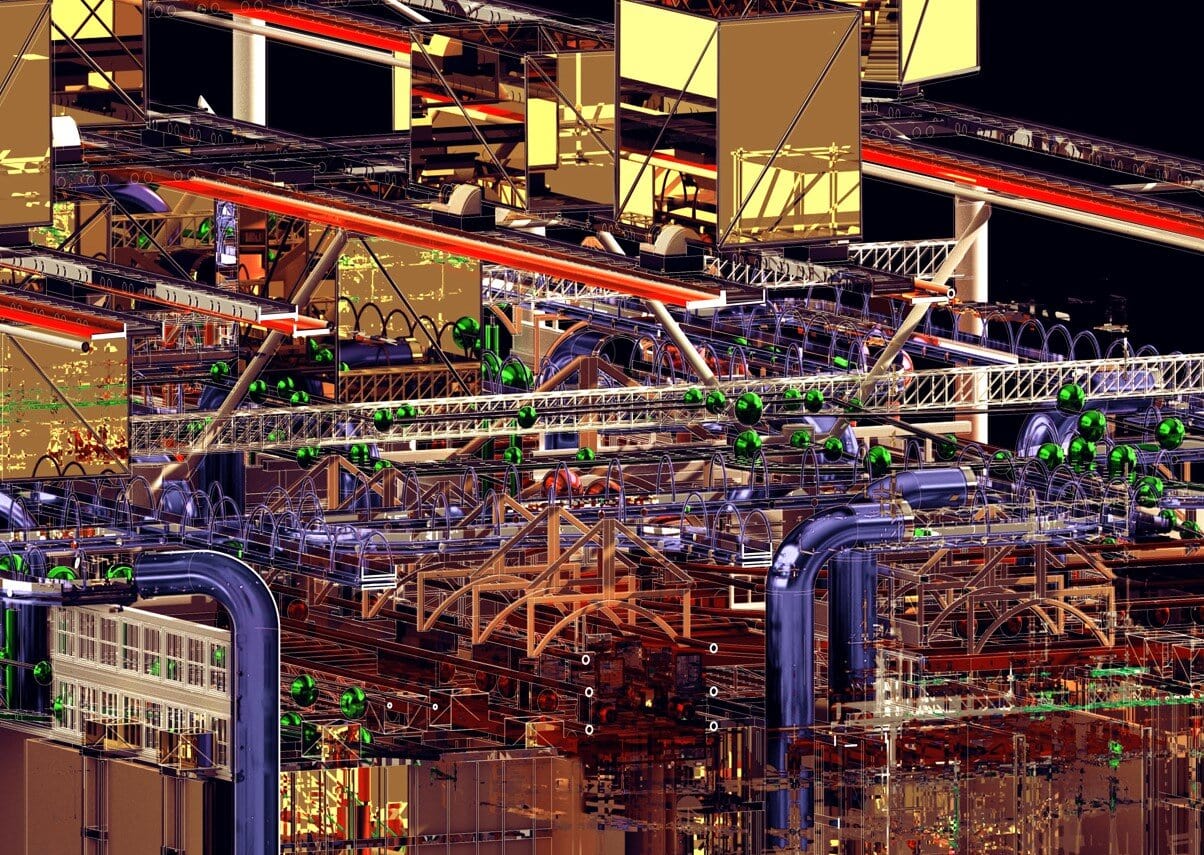Memory, Movement, and Making: Ali Qamar’s Vision for a Living Library
A First-Class Graduate with a Social Purpose
When Ali Qamar graduated from the University of Salford with First-Class Honours in BSc (Hons) Architecture, he emerged not only with distinction but with a mission. Qamar, who is now seeking a Part I Architectural Assistant position, is driven by an enduring commitment to socially responsive design. This ethos is woven into every facet of his academic journey—rooted in conceptual thinking, narrative-driven spatial design, and meticulous technical drawing.
His capstone project, the Working Class Movement Library Extension, is more than an academic exercise; it is a living testament to his belief that architecture should serve people, memories, and futures all at once. It is the kind of work that signals the arrival of a thoughtful, community-minded new voice in architecture.
Reimagining the Library: A Civic Beacon for Change
At the heart of Ali Qamar’s project is an ambitious vision—to transform the traditional library into a vibrant civic landmark. Perched above a communal plaza, the new extension to the Working Class Movement Library is conceived as both a continuation and a reinvention of its predecessor. Here, the building acts not only as a storehouse of history but as an open, evolving platform for collective action and education.
The extension is thoughtfully elevated, symbolically raising the legacy of the working class above the city’s everyday bustle. This architectural gesture communicates both resilience and aspiration; it’s a visible assertion of the value of history in informing the present and shaping the future.
Spaces That Speak: Flexible, Inclusive, Narrative-Driven
Qamar’s design is driven by an acute sensitivity to the narratives the library preserves—and those it aims to create. The extension eschews rigidity in favour of multi-functional, flexible spaces that adapt seamlessly to a wide range of community activities. Flexible reading rooms double as venues for workshops or debates. Exhibition areas can morph into performance spaces or temporary galleries. Quiet nooks serve as informal gathering spots, allowing for spontaneous dialogue or reflection.
Key to this approach is the notion of inclusivity. Qamar’s extension is open both metaphorically and physically: large, transparent façades dissolve boundaries between inside and out, extending the library’s welcome to the surrounding community. Barrier-free access routes and adaptable furnishings ensure that the space remains accessible and comfortable for all users, regardless of age or ability.
A Symbol of Empowerment and Memory
The essence of the project lies in its dual role as a vessel of memory and a catalyst for empowerment. Qamar’s research into the histories and struggles housed within the Working Class Movement Library informs every decision, from spatial organisation to material choice. Concrete and timber echo the resilience and authenticity of the working-class story; bold, carefully detailed interventions suggest a future that is both dynamic and inclusive.
The extension is designed to be porous to activism: areas for impromptu meetings and protests are integrated as intentionally as those for scholarship. In this way, Qamar challenges the stereotype of the silent, static library, proposing instead a space that actively encourages the exchange of ideas—a crucible for movements yet to be imagined.
From Concept to Technical Realisation
While the project’s philosophical underpinnings are robust, Qamar’s technical acumen ensures its feasibility. Rigorous drawing packages detail innovative structural solutions that enable the dramatic elevation, while sustainable strategies—such as passive ventilation and natural daylighting—reinforce the project’s ethical commitments. The careful integration of accessible routes, acoustically tuned communal areas, and adaptive furnishing speaks to Qamar’s meticulous approach and his grasp of real-world detailing.
Inspiring the Next Generation
At its core, this is a project about legacy and aspiration. By transforming the library into a prominent, open landmark, Qamar’s design aspires to inspire—to give today’s users and tomorrow’s activists a place to gather, learn, and act. The project has already generated interest among peers and tutors at the University of Salford, noted for its synthesis of design innovation, social conscience, and practical deliverability.
In the crowded field of graduate portfolios, the Working Class Movement Library Extension sets itself apart through its sense of purpose and poetic clarity. It is a design that is as strategic as it is symbolic, balancing the need for robust, adaptable space with the subtlety of narrative-driven design.
Connecting with Ali Qamar
Ali Qamar’s ambition—to bridge the past and future through thoughtful design—resonates beyond academia. It marks him as a potential asset to any practice for whom architecture is more than mere construction. For firms and organisations seeking to further the cause of socially oriented, community-embedded architecture, Qamar offers a compelling combination of creative vision and technical rigour.
To connect with Ali Qamar regarding Part I Architectural Assistant opportunities or to learn more about his portfolio, you can reach him directly at aliqamar1012787@gmail.com, or view his profile on LinkedIn.
Ali Qamar’s work demonstrates that the library of the future is both archive and amplifier—a place that remembers, responds, and rallies. For Qamar, the act of building is inseparable from the act of empowering. The Working Class Movement Library Extension is just the beginning.







Add a comment